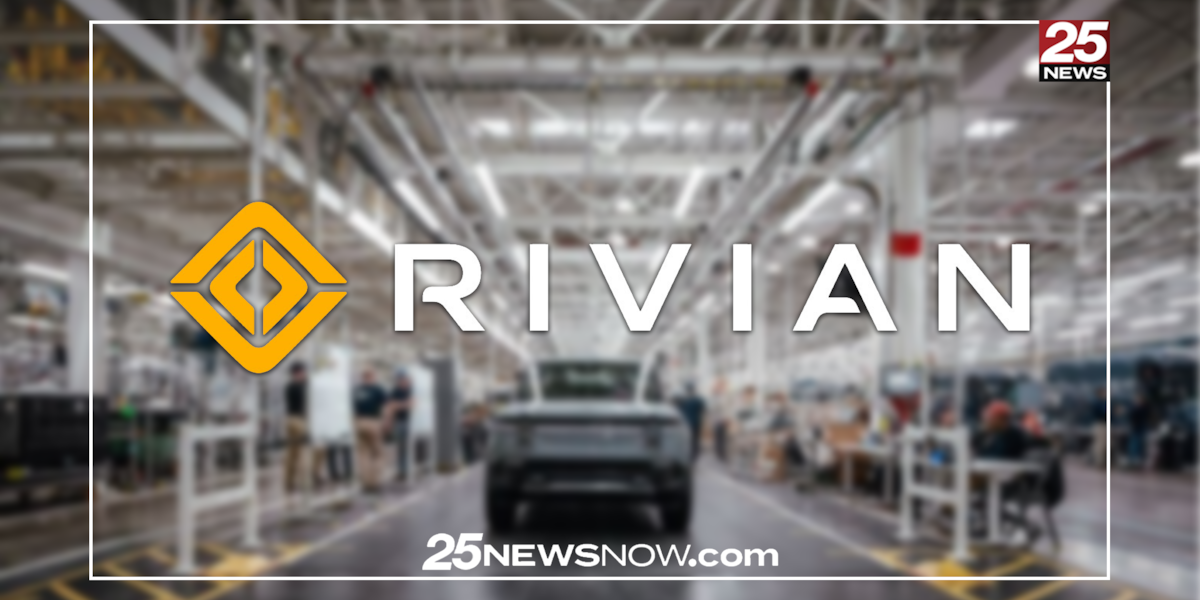Cal Poly Pomona Hosts Regional Symposium for AI and Robotics Innovation


Cal Poly Pomona recently hosted the Southern California AI & Robotics Symposium (SCAIR 2025), bringing together researchers, faculty, students, and industry professionals from across the region to explore the latest advancements in artificial intelligence, robotics, and computer vision.
The two-day event, held Oct. 29-30 at the Kellogg West Conference Center, featured an inspiring lineup of keynote speakers, technical sessions, poster presentations, and industry demos, providing a platform for dialogue between academia and industry on the rapidly evolving role of AI and robotics in science, technology, and society.
Keynote speakers included Professor Joel W. Burdick from the California Institute of Technology (Caltech), who shared his insights on robotic sensing and autonomous systems, and Professor Aydogan Ozcan from UCLA, whose talk highlighted breakthroughs in computational imaging and AI. Their presentations set the tone for a symposium rich in cross-disciplinary learning and collaboration.
In addition to research talks, SCAIR 2025 showcased more than 25 poster presentations and demos from students and faculty representing universities across Southern California. Topics ranged from deep learning for aerial imaging and remote sensing to intelligent control systems, quantum robotics, and robotics for entertainment and art. Many undergraduate and graduate students presented their projects publicly for the first time, gaining valuable exposure and feedback from experts in the field.
One of the defining goals of SCAIR 2025 was to strengthen collaboration within the Southern California AI and robotics community.
“Our aim was to create an event where local universities, labs, and companies could share knowledge, connect, and inspire one another,” said Sedat Ozer, assistant rofessor of electrical and computer engineering at Cal Poly Pomona and lead organizer of the symposium.
The symposium also featured participation from industry partners and IEEE Foothill and Orange County Sections, which sponsored student attendance and supported local engagement. Several research groups demonstrated their technologies, providing attendees with a glimpse of how AI and robotics research is being applied in real-world contexts, from autonomous navigation and drone systems to smart manufacturing and vision-guided automation.
Beyond the technical program, SCAIR 2025 fostered an inclusive environment where regional students including CPP students and early-career researchers could network with established professionals, discuss potential collaborations and gain inspiration for their future academic and industry paths.
By the end of the symposium, participants left energized by new connections and ideas, reinforcing Cal Poly Pomona’s growing role and its potential as a hub for innovation and collaboration in the fields of artificial intelligence and robotics. For more information about the symposium, visit www.scair2025.org.
link






